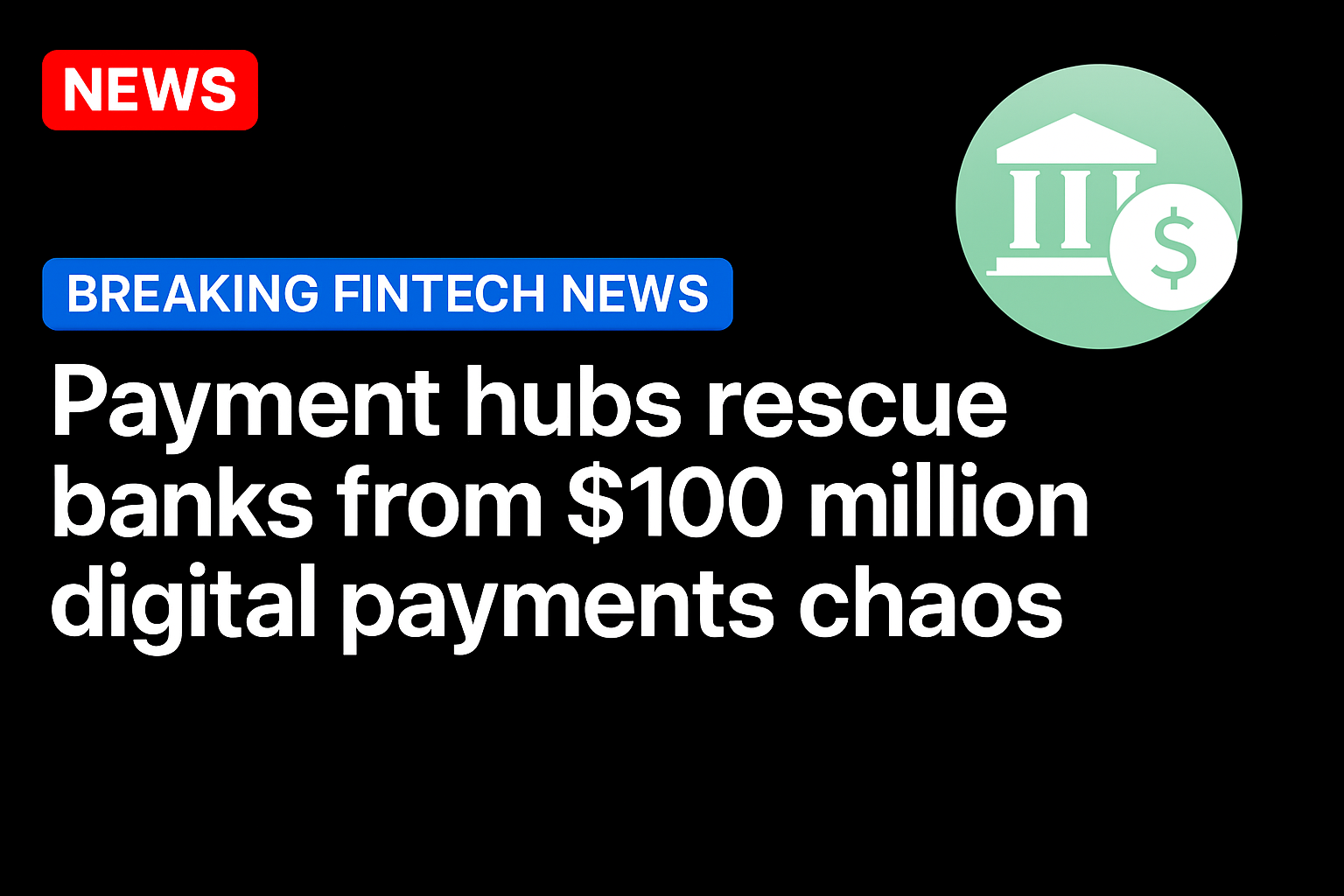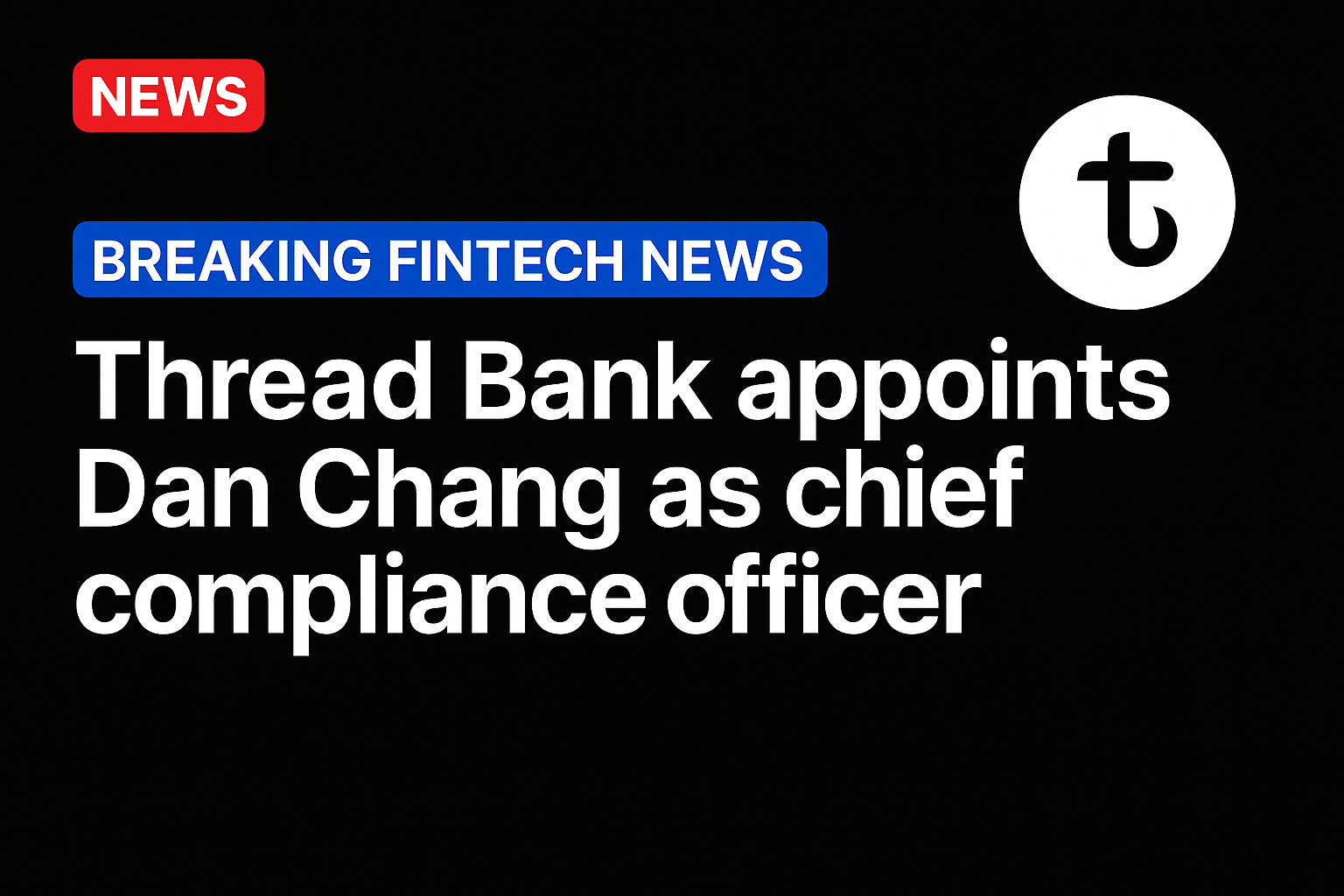The bar for payment experiences — and consumer expectations — has been raised by FinTechs and digital-first challengers, making frictionless transactions a staple of everyday life.
The PYMNTS Intelligence report “Moving Money Forward: The Power of Payment Hubs” found that digital transformation has put pressure on traditional banks, many of which are struggling behind the scenes with a complex web of disparate, siloed systems for various payment rails like real-time networks, ACH, wire transfers and debit.
Traditional banks frequently struggle to match the intuitive interfaces, real-time notifications and transparent fee structures offered by digital-native competitors due to their legacy infrastructure. The result is inefficiencies.
Beyond customer dissatisfaction, these inefficiencies translate into financial drains for businesses, which lose an average of $98.5 million annually due to disruptions across money movement.
Executives surveyed pointed to cyber threats (88%), fraud (79%) and a complex regulatory labyrinth (65%) as contributors to these losses, alongside issues like payment gridlock, cash flow bottlenecks, technology talent droughts and reputational damage.
Payment hubs serve as unified platforms that consolidate all payment processing, offering customers a fast, consistent and straightforward experience regardless of the underlying payment rail. By acting as centralized command centers, these modern hubs route payments across various channels, providing benefits like faster transactions, instant confirmations and transparency around timing and fees.
This unification also simplifies payment flows, transforming complex processes into uniformly smooth journeys for customers, thereby putting traditional banks on equal footing with agile FinTechs.
Taking Stock of the Improvements
The hubs optimize operational efficiency by reducing manual intervention and errors through automation. The consolidation of systems lowers maintenance costs and technical debt, while automated workflows reduce workloads for IT and digital payment teams.
Built on modular platforms with open APIs, hubs allow banks to adapt to market changes, scale their payment capabilities and launch new services without upfront investment, ultimately freeing up resources for innovation.
Implementing payment hubs can mitigate financial losses linked to cyber threats, fraud and regulatory complexities. Leading hubs integrate features like fraud detection, compliance tools like know your customer (KYC) and anti-money laundering (AML) checks, and advanced analytics, minimizing manual intervention and enabling a safer, more seamless experience.
By unifying fragmented payment workflows, these hubs deliver unrivaled visibility, compliance and fraud resistance, ensuring smarter money movement that keeps businesses agile and protected in today’s high-stakes financial landscape.
The digital age demands seamless payment experiences, and traditional banks are at a disadvantage due to legacy infrastructure and fragmented systems. These inefficiencies wind up leading to customer attrition and financial losses.
Payment hubs offer a solution by consolidating payment processing while enhancing security and compliance. Adopting these unified platforms is not just about improving customer service; it is a critical move for banks to reduce costs and boost their financial health.
Source: https://www.pymnts.com/





